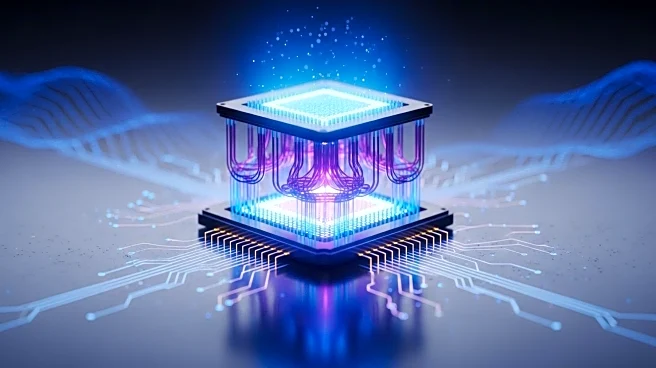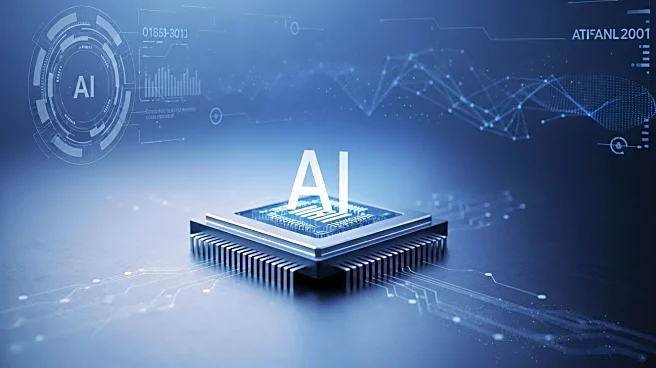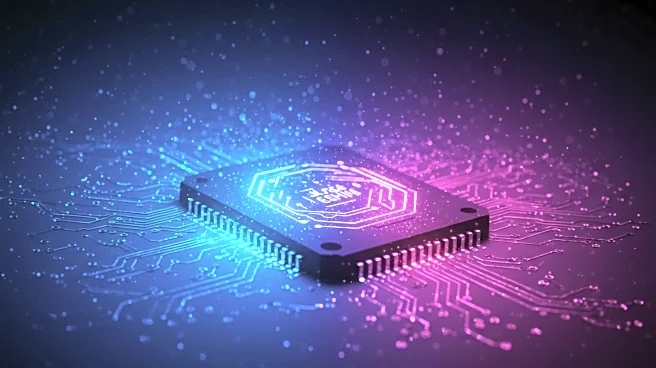What's Happening?
IBM and AMD have announced a partnership to develop next-generation quantum-centric supercomputing architectures. This collaboration aims to integrate quantum computing with high-performance computing to address complex challenges in fields such as drug discovery, materials science, optimization, and logistics. The initiative will leverage IBM's expertise in quantum computing and AMD's advanced high-performance computing technologies to create scalable, open-source platforms. The companies plan to demonstrate how IBM quantum computers can work with AMD technologies to deploy hybrid quantum-classical workflows, potentially redefining the future of computing.
Why It's Important?
The collaboration between IBM and AMD represents a significant step towards realizing the potential of quantum-centric supercomputing. By combining quantum and classical computing resources, the partnership aims to push the boundaries of traditional computing, offering new solutions to complex problems that are currently beyond reach. This development could have profound implications for industries reliant on advanced computational capabilities, such as pharmaceuticals, logistics, and materials science. The integration of quantum computing with high-performance computing could lead to breakthroughs in these fields, providing a competitive edge to businesses and advancing scientific research.
What's Next?
IBM and AMD plan to conduct an initial demonstration later this year to showcase the capabilities of their hybrid quantum-classical workflows. The companies will also explore how open-source ecosystems, such as Qiskit, can facilitate the development and adoption of new algorithms leveraging quantum-centric supercomputing. This collaboration could pave the way for future advancements in fault-tolerant quantum computing, with AMD's technologies potentially providing real-time error correction capabilities. The success of this partnership could accelerate the adoption of quantum computing in various industries, driving innovation and discovery.











